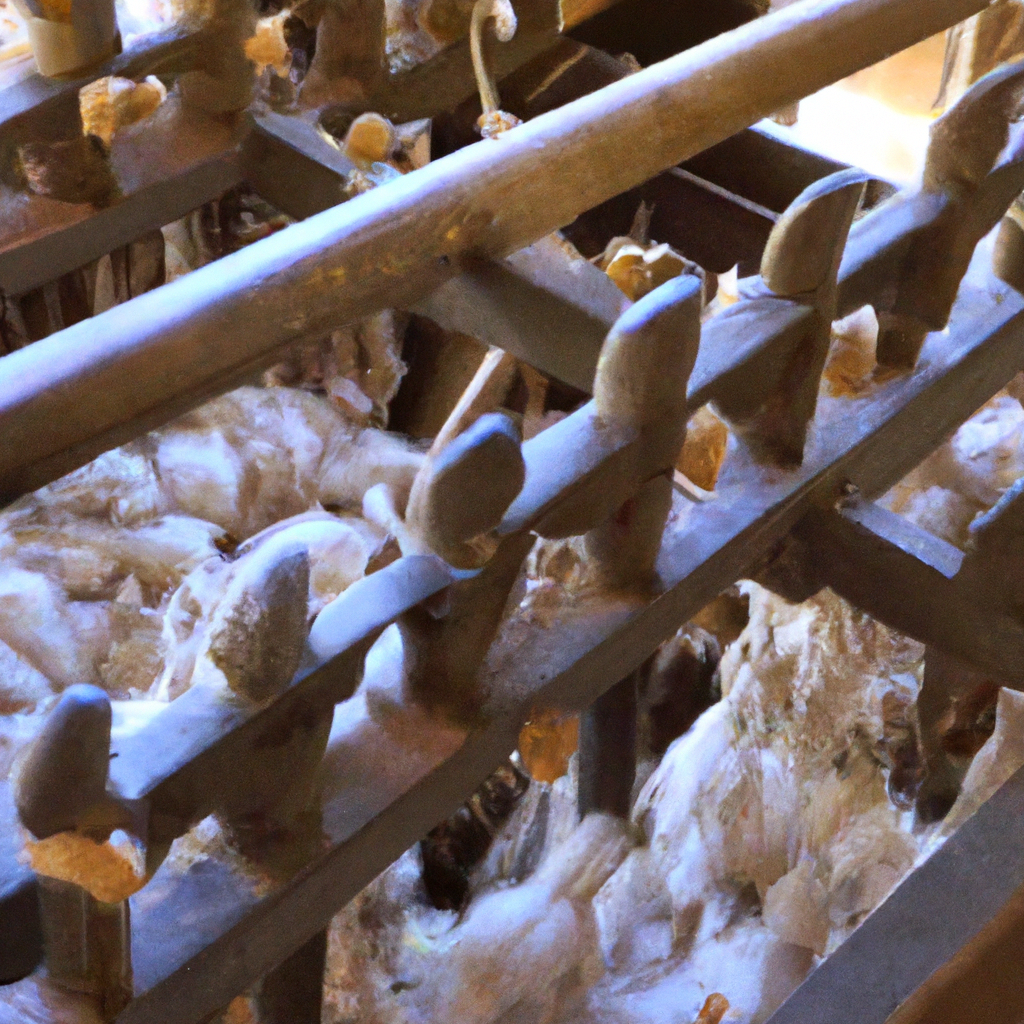Silk is a luxurious fabric that has been cherished for centuries. It is a natural fiber that is produced by the silk worm. The process of silk production, also known as sericulture, involves silk farming, silk processing, and silk manufacturing. In this article, we will delve into the details of the process of silk production.
Silk Farming
Silk farming involves the breeding and care of silk worms. Silk worms are not actually worms but the larval stage of silk moths. The process starts with the female silk moth laying eggs, which are kept in a controlled environment until they hatch into silk worms. The silk worms are then fed mulberry leaves, which are the primary food source for silk worms.
As the silk worms feed, they grow and molt their skin four times before they are ready to spin their cocoons. During the fifth and final molting, the silk worm secretes a liquid protein from two glands located in its head. This liquid protein hardens on contact with air, forming a cocoon around the silk worm. The silk worm spends about two to three days spinning its cocoon.
Silk Processing
Once the silk worm has completed its cocoon, it is time for the silk processing stage. The cocoons are collected and sorted by their quality. The cocoons that are deemed to be of lower quality are used for silk manufacturing, while the higher quality cocoons are used for silk making.
The cocoons are then boiled in water to kill the silk worm and dissolve the sticky substance that holds the cocoon together. This process is known as degumming. After degumming, the silk fibers are soft and pliable, and they can be unwound from the cocoon.
Silk Manufacturing
Silk manufacturing involves weaving the silk fibers into fabric. The silk fibers are spun into thread, which is then woven into fabric. This can be done by hand or by machine. Silk fabric is known for its lustrous sheen, soft texture, and durability.
Silk Making
Silk making involves the creation of finished products from silk fabric. This can include clothing, bedding, and accessories. Silk is a versatile fabric that can be dyed, printed, and embroidered to create a wide range of designs.
Silk Industry
The silk industry has a long and rich history, dating back to ancient China. Today, silk production is still an important industry in many parts of the world, including China, India, and Thailand. The demand for silk has remained strong due to its unique properties and luxurious feel.
Conclusion
In conclusion, the process of silk production involves silk farming, silk processing, silk manufacturing, silk making, and the silk industry. It is a complex process that requires careful attention to detail and a deep understanding of the biology of silk worms. Silk is a valuable natural fiber that has been prized for centuries, and its popularity shows no signs of waning. Whether you are looking for a luxurious fabric for clothing, bedding, or accessories, silk is an excellent choice that is sure to impress.







